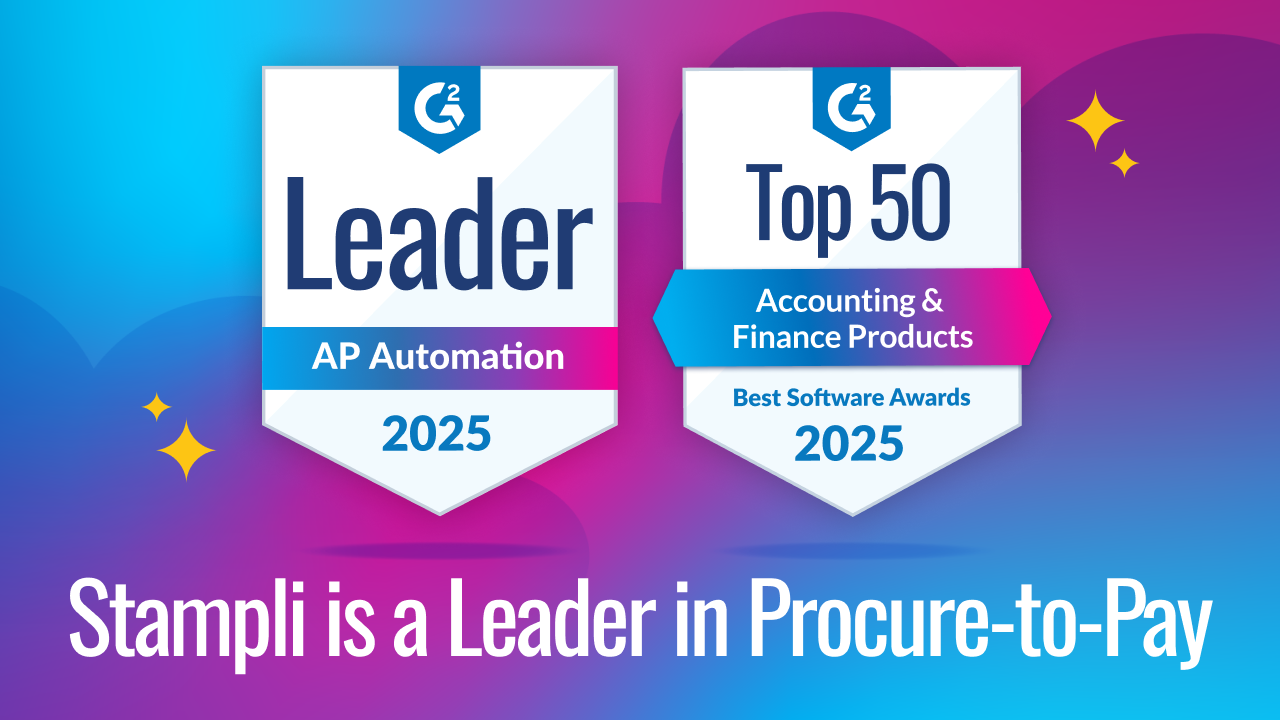ERP Modules and Integrations: Our Complete Field Guide
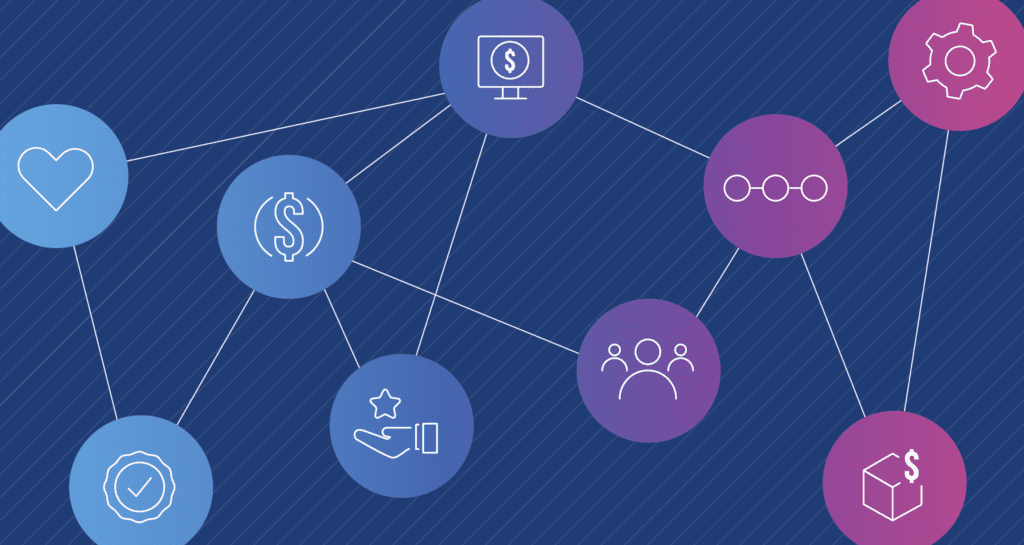
Enterprise Resource Planning (ERP) systems are a core tool for business. They facilitate data sharing between departments, automate and manage central business processes, and act as a shared database for business and financial data. The main benefit of an ERP is that the integration and optimization of business processes save time and money.
The ERP provides a single source of truth, so employees across the organization can access the information they need to do their jobs, and managers can make informed business decisions. It also streamlines business processes to increase efficiency, improve collaboration, and reduce errors.
Modern ERP solutions integrate business operations into a single, seamless system. Most ERPs come with a base platform that provides core business functions like finance, accounting, and analytics, and ERP modules that support procurement, human resources management (HRM), and customer relationship management (CRM). Each module automates and streamlines a specific business function and shares data with other modules in the ERP system.
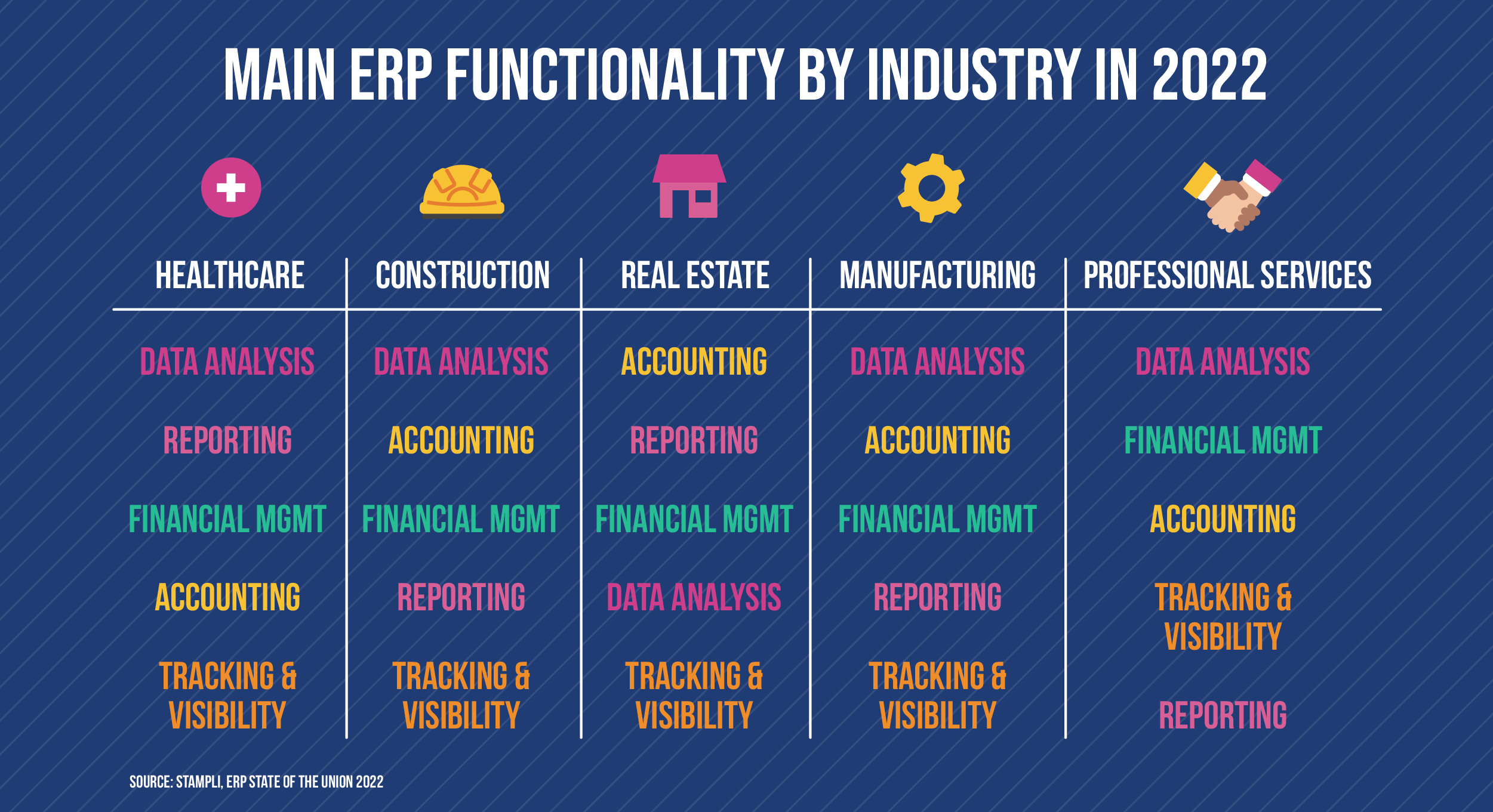
The advantage of modular design is that you can adapt your ERP to changing business needs. You only need to buy the modules you need, and you can easily add new modules as your business grows and evolves and needs change. The modular approach also eliminates the need to synchronize changes and data between different business systems, as that is all managed by the ERP system.
Read on to learn about the most commonly used ERP modules and integrations and how they can benefit your business.
Types of ERP System Modules
ERP modules are the building blocks of an ERP system. Businesses choose and implement the modules they need to meet their unique operational requirements and add modules as business needs change.
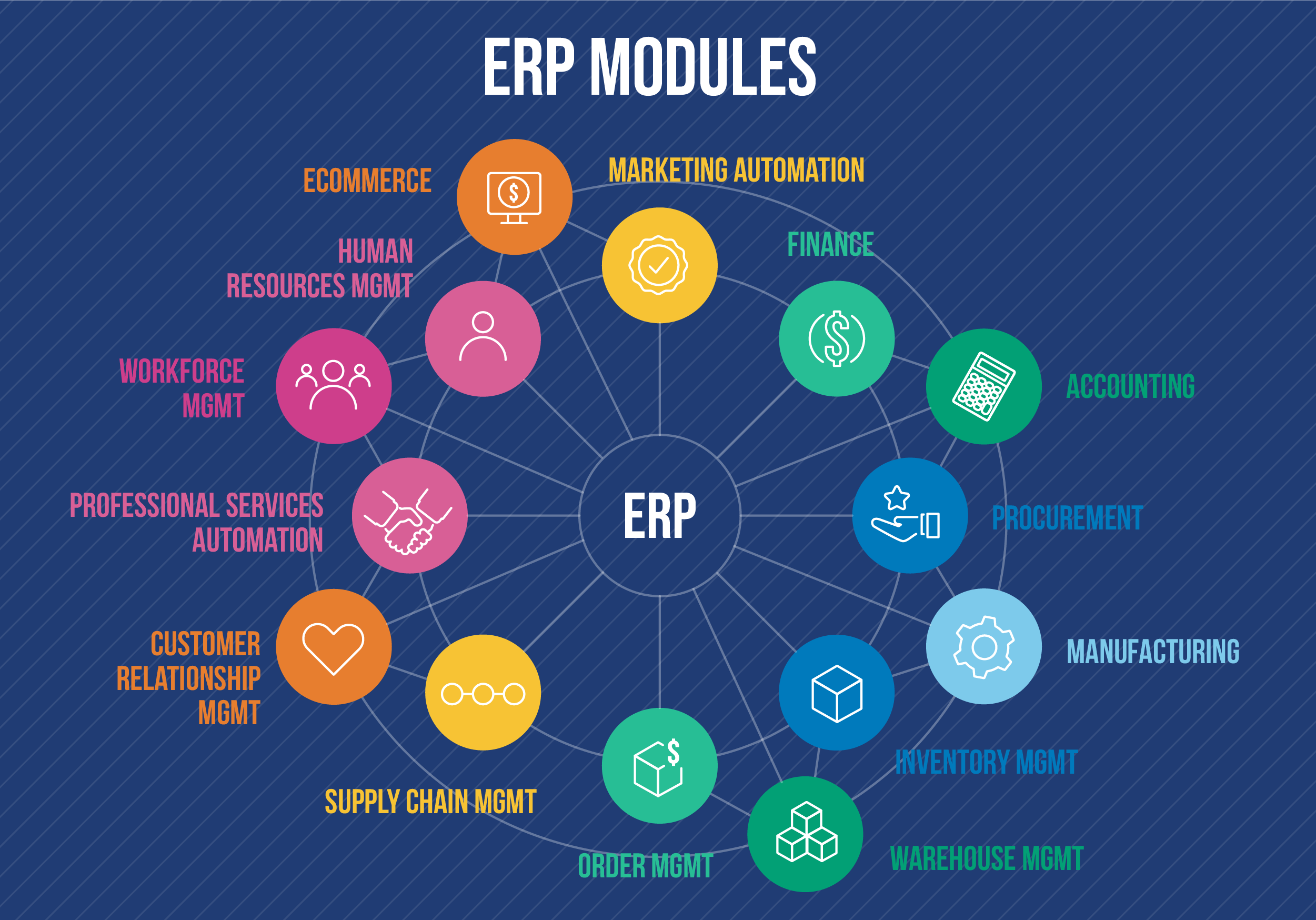
Each ERP software module is designed to fit a specific business function by automating and supporting key processes and sharing business data that will help employees do their work. They can be designed to support best practices and standards for the function they are supporting: for example, a finance and accounting module can provide built-in financial controls and support for Sarbanes-Oxley compliance. Here are the core modules offered by most ERP solutions:

Finance and Accounting
The finance and accounting module is the core module of most ERPs. This module lets you understand the current financial state of the business, prepare and analyze financial statements and reports, and forecast financial performance to make better business decisions. The main functions of the finance and accounting module include accounts receivable, accounts payable, managing the general ledger, and creating and storing financial documents like P&L statements, tax statements, payment receipts, and balance sheets.
The financial management module automates tasks associated with budgeting, billing, cash flow management, account reconciliation, and supplier payments to help the business remain compliant and close its books on time.

Procurement
The procurement or purchasing module automates the processes associated with buying the materials, products, and services the business needs for its operations. This module can maintain lists of approved vendors, connect vendors with specific categories, goods, or services, track and apply discounts, and maintain supplier contracts.
The module helps procurement teams automate requests for a quote, track and analyze quotes received, and prepare and send purchase orders (POs) to the selected supplier. Once the PO is issued, the procurement module tracks the PO as the supplier fulfills the purchase order and delivers the goods or services, then updates inventory levels when the order arrives.

Manufacturing & Production Management
The manufacturing module enables production planning and ensures the business has what it needs (raw materials and machinery capacity) for production runs. During the manufacturing process, the module updates the status of goods-in-progress and tracks actual production output against forecasts. It can also provide real-time status of the shop floor by capturing information on the production process and finished goods. The manufacturing module can assist in planning adequate production by calculating the average time to produce an item and then comparing supply with demand forecasts.

Inventory Management
The inventory control module tracks item quantities and locations down to individual SKUs to provide a complete picture of current and incoming inventory (when combined with the procurement module). This module helps manage inventory costs by ensuring sufficient stock without tying up cash in excess inventory. It can also analyze sales trends and compare them to available inventories to help the business make informed decisions to increase inventory turn, boost margins, and prevent stockouts and delays.

Warehouse Management
The warehouse management module guides warehouse employees through processes, including putaway when shipments arrive, picking, packing, and shipping. The module can help businesses plan labor based on forecasted order volume and support picking strategies to maximize employee productivity. The warehouse management module is often integrated with inventory management and order management modules to expedite shipping and increase customer satisfaction.
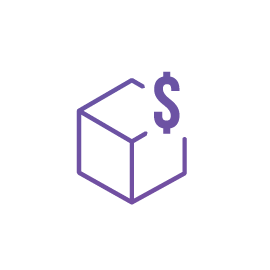
Order Management
The order management module manages customer orders. After a customer places an order, this module transmits it to the warehouse, distribution center, or retail location and tracks the order status as the order is being prepared, fulfilled, and shipped. This boosts the rate of on-time deliveries and prevents orders from being lost, improving customer satisfaction and reducing expediting costs.

Supply Chain Management (SCM)
The supply chain module tracks the movement of supplies and goods across the global supply chain. It can provide visibility to every step of the supply chain, from sub-suppliers and suppliers through manufacturers to shippers, distributors, and end customers or retailers. These complex modules can be tightly integrated with other related modules such as procurement, inventory management, and manufacturing. They can also include functionality to manage logistics, trade regulations, and payments.

Customer Relationship Management (CRM)
The CRM module stores customer and lead information such as communications history (dates and times of contact), purchase history, and key personnel needed to manage sales leads. The CRM module improves customer service because employees can access customer information while working with a customer. Some CRM modules can also perform analytics and suggest which customers you should target for sales opportunities such as promotions, upselling, or cross-selling.

Human Resource Management (HRM)
The human resource management, or human capital management module, helps manage the company’s workforce. It stores and maintains employee records and documents such as contracts, job descriptions, offer letters, and performance reviews. It also tracks employee hours and vacation time, paid time off or sick days, and employee benefits information.
The HRM module may also include a Workforce Management Module that is designed to manage hourly employees. It monitors employee attendance and time and can track and measure productivity and absenteeism.
Other Functional Modules
Some ERP systems may offer additional modules to manage specific business processes. These modules often include
Professional Services Automation: Automates and optimizes planning and project management, tracking project status and managing human and capital resources.
Ecommerce: Enables online B2B or B2B e-commerce websites so a business can sell goods and services online
Marketing Automation: Automatically manages marketing campaigns across digital channels and provides reports and analytics to increase leads and conversions.
Technical Modules of ERP Systems
Technical modules provide added functionality to the ERP system to facilitate integration across modules and application suites. Common technical modules include
Security Module: Controls access to the ERP system, manages firewalls and encryption to protect data.
Networking and Interface: Ensures data flow between the different modules and parts of the ERP system.
Management Information System: Provides managers with the information and analytical tools they need to make informed decisions.
Application Programming: Allows businesses to create custom code to extend the functionality of the ERP system.
APIs for External Use: Allows the integration of third-party applications with the ERP software and facilitates data synchronization.
The Application Suite
Businesses can integrate many software applications and solutions with the ERP system to provide added flexibility and functionality. This allows businesses to integrate their existing business management systems with their ERP or purchase solutions that provide added functionality beyond what the ERP modules offer.
ERP Integrations
ERP integrations connect and synchronize ERP software to third-party solutions, platforms, and data sources. Integrations let businesses leverage their ERP investment further by
allowing businesses to continue using their existing business systems or adding functionality and flexibility to their ERP solution beyond what is offered by the ERP and its modules.
Here are some of the more popular ERP integrations on the market:
ERP and ERP Integration
In Stampli’s survey, The ERP State of the Union in 2022, 81% of businesses reported using two or more ERPs. These ERP systems need to be connected to create a consistent source of information for business data.
CRM and ERP Integration
CRMs such as Salesforce readily integrate into CRMs to provide added functionality for sales and marketing to nurture leads and drive conversions and sales.
eCommerce and ERP Integration
Businesses using Amazon, Shopify, or other platforms may integrate these platforms to take advantage of the inventory management, manufacturing, and supply chain capabilities of an ERP.
Accounts Payable Automation and ERP Integration
Accounts payable automation solutions like Stampli provide added functionality and flexibility, such as automated invoice processing and approvals tracking. These platforms can sync data with the ERP to ensure accounting, purchasing, and other systems are working from the same data.

Companies can choose the best ERP integrations that fit their goals without being tied to the modules offered by their ERP solutions provider. Integrating a solution that integrates seamlessly and painlessly with your ERP can unlock significant value for your business.
Stampli: Industry-Leading Automated Invoice Processing for ERP
Invoice processing is time-consuming and requires employees to manually key, code, and post invoices. Invoices are different, so the rules for processing them vary from supplier to supplier and category to category – which can be difficult to standardize in an ERP financial module.
On top of that, everyone involved in the purchase-to-payment process is in constant communication as invoices are processed. Your business needs to track and record these communications to maintain a complete AP audit trail. Unfortunately, there’s no guarantee that an ERP can centralize and manage communications.
Stampli can help. Our simple, integrated platform for AP automation helps businesses get more visibility and control over their invoices. Stampli uses machine learning to simplify invoice processing, GL coding, and approval workflows and offers a centralized communications hub that lets your business maintain a clean audit trail and prevent errors.
Stampli’s industry-leading integration with a myriad of ERP platforms means that no matter what ERP you use, Stampli will work with it seamlessly. You can work how you want because Stampli is easily customizable to meet your needs. For example, Stampli’s next-gen integration with SAP provides data security and seamless real-time data sync to reduce your invoice processing costs – and ERP implementation takes weeks, not months.
We offer three different ERP integrations for maximum flexibility:
3 WAYS STAMPLI INTEGRATES
Great for cloud applications
Fast, easy integrations without IT support via application programming interface (API) are available for popular cloud applications.
Great for on-premise
Use customized file template created by Stampli to easily import and export files with any on-premise (desktop) or cloud applications.
Great for specialized processes
Stampli has the flexibility to support your existing processes that require manual data entry or other specialized workflows.
Get a free demo today and learn how Stampli can seamlessly integrate your AP and ERP systems.



